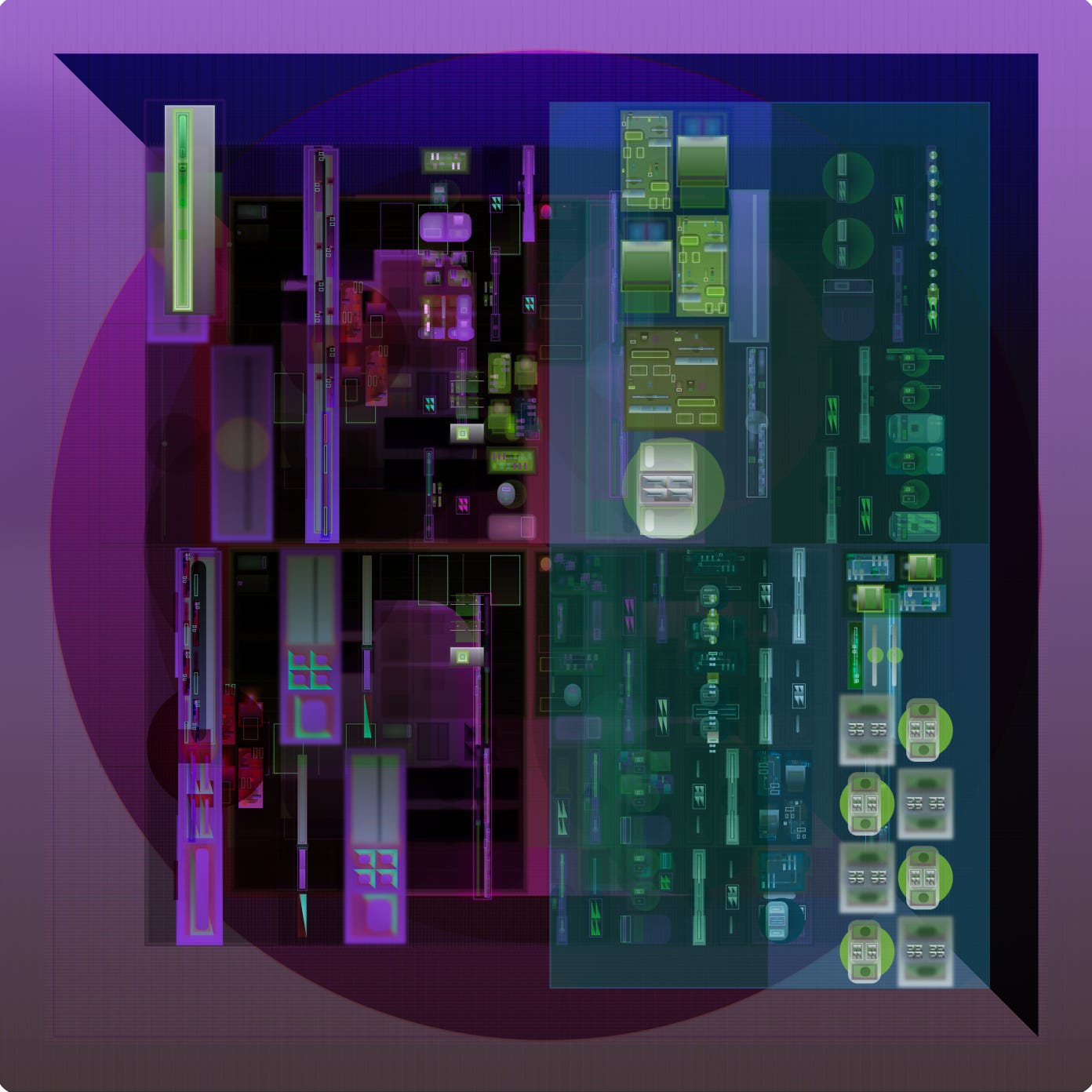Timechains
The concept of time in blockchains and art. Plus, a digression on mundane issues of the NFT market
Time is an elusive concept.
It’s the continued sequence of existence and events that occurs in an apparently irreversible succession from the past, through the present, into the future.
The physics definition of time is different. Time in physics is defined by its measurement: time is what a clock reads. To Newton, it was linear, a concept challenged by Einstein’s special relativity.
Blockchains have some relation to time. Each block validated (with it’s timestamp) is a way the whole network agrees on some measurement of the time that went since the previous block.
It was brought to my attention recently by Fingerprints member Arad that Satoshi originally uses the term “Timechain” to refer to blockchains in the original bitcoin source code.
Time and Art
Time has been a subject in art throughout history, either explicitly and implicitly. There are multiple examples in traditinal art (like Dalí’s above) and that would not be different in blockchain art.
Among the projects collected by Fingerprints and the collabs we did, there are a number that have some relationship with the concept of time. But two really stand out: Mutant Garden Seeder and Every Icon.
Mutant Garden Seeder
Mutant Garden Seeder is a series of 512 generative unique NFTs by artist and Fingerprints member Harm van den Dorpel.
At birth, each mutant receives a fixed mutation probability, based on the seed block hash they were generated.
The most stable mutants mutate about once every five months, and the most dynamic ones mutate every single day. While random and unpredictable, the mutations are fully deterministic. The whole process is fascinating, and you can get more technical insight and see all mutants here.

Every Icon
“Can a machine produce every possible image?” According to “Every Icon” creator the answer is yes - but the process takes longer than the age of the universe.
Every Icon was originally conceived by John F. Simon Jr in the 90s. Simon wrote a program that explores every combination of black and white squares in a 32x32 grid, discovering a near-infinite number of images on its way.
It looks simple. but to reach the third line after going through all the combinations of the first one, it will take 5.85 billion years
Every Icon was displayed in “art appliances” throughout the years, and a few were sold to collectors, but there was no generally standard way to sell digital art like that. Then, the NFT market changed it all.
Fingerprints DAO collaborated with Simon, e∙a∙t∙}works and divergence to bring Every Icon into the blockchain, as a series of 512 NFTs. It found its perfect medium, because it will live there as long as Ethereum is around.
The released of the project allowed the users to go through combinations to determine the starting point of the journey of Every Icon, instead of starting from the first square. That allowed the collector to ability to participate in its journey through time.
A digression on mundane issues
Now taking away my literary hat and speaking on the project execution.
“Every Icon” project was a bit different from other Fingerprints projects such as Avid Lines because the DAO’s involvement was more restricted. For example, the community of the project does not live in our Discord, and we also don’t control the Twitter, as it happens with the other ones.
I believe from a launch standpoint it was flawless — everything worked as planned and the project sold out — but in my opinion it could’ve be priced lower.
The NFT market still is one with an extremely high degree of speculation, and we should internalize this into the decision making.
So if you’re releasing a project with say, over 500 itens, be sure that there will be a lot of people buying to flip.
If you cannot generate sustained interest in the project — something particularly challenging for art projects, where the constant dopamine of collectibles and games is not present — it is a safer bet to price it lower. Not to please the flippers, but to protect your long-term collectors.
Mutant Garden Seeder (Harm and his launch partner, Folia) did this very well in my opinion.
Even someone with no intention to resell (like myself), seeing the current floor price being lower than mint leaves a bad taste in your mouth.
While I think this is an interesting enough project that it will survive and still keep it relevance in the long term, it’s important to be aware of the particularities of this market.
In traditional art, “sold at launch” is the standard for a successful project, because the realities of the secondary market will take months or years to be known. However, due to the always on, global and highly speculative nature of the NFT market any mistake in initial pricing, collection size and post-delivery communication and execution become evident, very quickly.
It also undermines the potential for new collectors, who otherwise would be interested and collecting long term, to come.
See you tomorrow!








